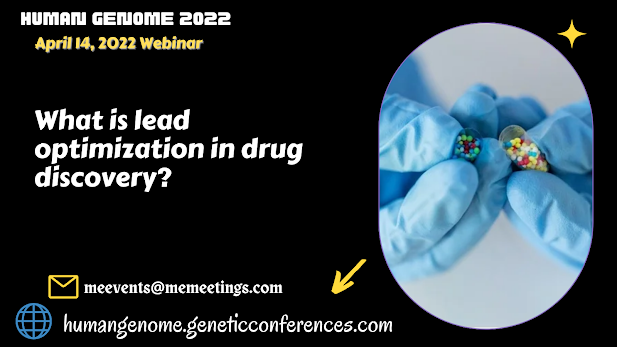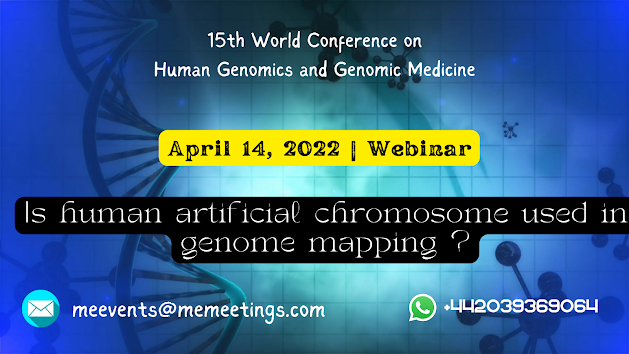What is lead optimization in drug discovery?
The process of lead optimization concludes in the discovery of a preclinical candidate. The most promising hit series move to the lead optimization stage of drug discovery after being discovered through hit-to-lead efforts. Lead optimization aims to improve the efficacy, reduce toxicity, and boost absorption of the most promising compounds. As researchers try to include the best therapeutic properties early in the process, many lead discovery technologies overlap with lead optimization.
The lead optimization phase leads in a candidate
drug that can be either a small molecule or a biological product once the
properties of the optimised lead molecule have been evaluated using all
available in vitro tests and in vivo models. The identified lead
molecules are utilised as a starting point for comprehensive chemical
modification to improve target specificity and selectivity, as well as their
pharmacokinetic and safety profiles, while keeping the lead compounds' positive
features. Medicinal chemists use organic synthesis methods or biotechnological
approaches for the creation of biological products to improve the molecules.
Computational in silico approaches can be used to design rational alterations
if the structure of the drug target is known.
Data from in vivo
pharmacokinetic investigations is frequently screened further during the lead
optimization stage using high throughput DMPK screening in vitro tests. Recent
advancements in automated screening systems have allowed these tests to become
routine parts of both the pharmaceutical and biopharmaceutical drug
discovery processes, as most clinical researchers are extremely interested
in advancing potentially life-saving therapeutic treatments to the clinical
testing phase.




Comments
Post a Comment